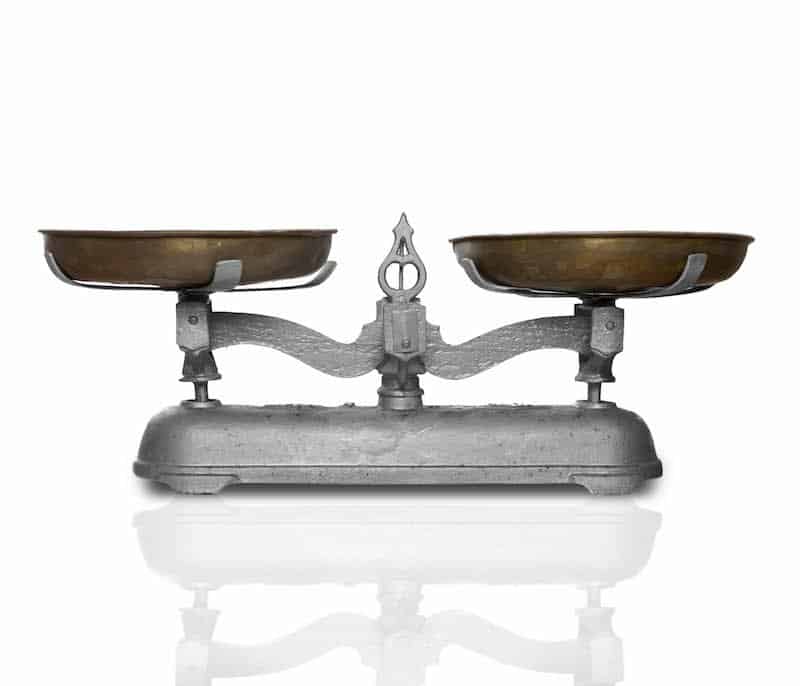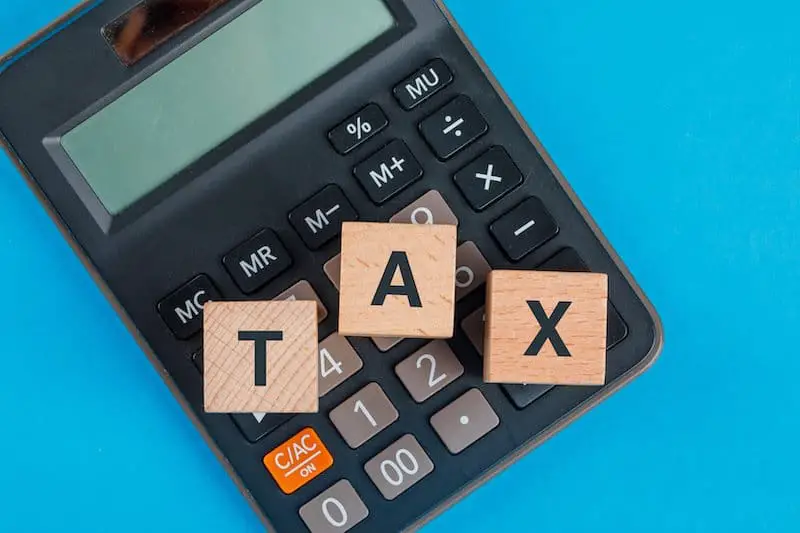If it comes to investing in a mutual fund, you want to understand how to analyze and select the fund best suited to you. Most novices look at returns, riskiness, or evaluations of a fund before investing.
Past performance of a mutual fund might not be a promise of future benefits, but if you understand how to analyze fund performance, you may know exactly what to look for and what to avoid. You can make better investment choices, which may increase the chances that future performance will meet or surpass your expectations.
Here are a couple of performance indicators that can help you make the proper mutual fund analysis.
Apples to Apples: Compared Funds to Appropriate Benchmarks
The initial information to analyze with mutual funds is your fund’s returns compared to a proper benchmark. For example, let’s say you’d like to determine how well your fund is doing. In that case, it is ideal to compare it to the average return for funds in precisely the same category.
Let’s say you take a look at the 401(k) statement and note that one had a considerable decline in value among your funds, but others have performed well in a particular time frame. This is not any sign that the declining fund ought to be taken out from your portfolio. Examine mutual fund types and classes first to know whether other funds in the class have experienced comparable performance.
You might also use an index to get a benchmark. For instance, if the fund is large-cap stock finance, a fantastic benchmark is your S&P 500. If the S&P 500 declined 10% throughout the time you’re analyzing, but, your fund dropped 8%, you might not have a cause of concern within your fund’s operation.
Compare the Funds History

You can know the real value of a mutual fund’s only during adverse market stages. A funds history might validate that. Start looking for a fund that has a comparatively long history of 5 to 10 years. Compare fund operation across different periods and business cycles.
For example, maybe a fund manager has a strong conservative investment philosophy that results in higher comparative performance during poor economic conditions but reduced relative performance in great economic conditions. The fund operation could seem strong or feeble today. The real question then is, what might happen over another two or three years?
Considering fund management styles come in and out of favor and market conditions are continually changing, it’s best to judge a fund manager’s abilities, hence a specific mutual fund’s operation, by taking a look at time intervals that span across various economic environments.
For instance, most economic cycles, comprising both and recessionary and growth periods, are 5 to 7 years at time duration. Also, throughout 5 to 7-year intervals, there’s at least one year in which the market was weak or in recession, and stock markets reacted negatively.
Throughout the 5-7 years interval, there are probably at least 4 or 5 years in which the markets and economy are optimistic. If you examine a mutual fund and its 5-year return ranks greater than many funds in its class, You might have an interesting fund that is worth analyzing further.
Compare Expense Ratios between Mutual Funds

Funds with low expenses have the edge over funds with higher expense ratios. Higher expenses are a drag on performance. Let’s look at it this way. All other things being equal, a mutual fund with an expense ratio of 0.50 has an advantage over a similar fund with an expense ratio of 1.00.
If both funds had gross profits of 10% in a particular calendar year, the first fund could have a net returns of 9.50% to the investor, while the next fund would have a net yield of 9.00%. Small savings become significant savings over the years.
For instance, if you’re able to get a mutual fund with an expense ratio of about 0.40 percent less than what you now pay, on $100,000, that saves about $400 annually. Over a decade, you’d reap $4,000 in savings.
Agreed, a fund manager can create strong results over brief periods (less than 5 years) with large comparative expenditures. Yet, this out-performance is hard to achieve consistently over 5 years. That can be why investors choose index funds: Expenses are reduced, and long term returns tend to average higher than most actively managed funds.
Compare Risk Adjustment

Rather than looking at only yearly returns, start looking for risk-adjusted returns of this fund, in accordance with the risk-return tradeoff. A greater amount of risk ought to be compensated by a greater degree of yield. The risk is quantified with the help of standard deviation.
Using the Sharpe ratio helps determine whether the fund is providing higher yields on each additional risk. The fund had a higher Sharpe ratio than the class average, demonstrating that the fund manager delivered greater returns for the excess risk taken.
Let’s compare two equity capital, B and A, using a standard deviation, i.e., 12% and 15%, respectively. In the event, the Sharpe Ratio of B and A is 0.48 and 0.60, finance B since it’s a much better bet for the risk taken. But if B’s Sharpe Ratio was about 0.50, you might also have gone for A. It’s because a mere 0.02 additional return is not worthwhile for assuming an additional 3% risk.
Use Weighs To Measure Fund Performance

The standard time intervals for mutual fund comparison readily available to investors are 1-year, 3-year, 5-year, and 10-year yields. Suppose you were to give heavier weights into the most important performance periods and reduced weights into the relevant performance years. In that case, your modest mutual fund manual indicates weighting that the 5-year heaviest, followed with the 10-year, subsequently 3-year, along with 1-year last.
For instance, you could produce your evaluation system based upon percent weights. Let us say you provide a 40% weight to the 5-year interval, a 30% weight to the 10 years, a 20% weight to the 3-year interval, and a 10% weight to the 1 year. After that, you can multiply the percent weights by corresponding returns for the specified time intervals and average the totals. After that, you can compare funds to one another.
Analyze Portfolio Turnover Ration (PTR)
The portfolio turnover ratio shows how frequently the fund manager buys/sells securities from the portfolio. In the case of equity funds, it reveals that the degree of trading happening from the fund. You want to understand that if an equity share is bought/sold, it comes with trade charges like the brokerage.
Regular trading happening in a portfolio eventually raises the costs and is represented as a higher expense ratio. It may lower your take-home yields from the fund. So, PTR is a significant standard for fund choice.
While picking a fund, start looking for one with a decrease PTR. If you would like to go for a fund with a high PTR, confirm if returns are commensurated with these high PTR.
Compare Funds Alpha and Beta
Alpha measures the number of additional returns created by the fund more than standard yields. Beta, on the other hand, measures the riskiness of a fund. What’s more, it reveals whether the fund loses/gains more/less than the benchmark.
In case the beta value is greater than one, it demonstrates that the finance gains/loses over the standard. A beta value of one indicates the mutual fund’s returns move just like the benchmark. If the beta is less than one, then the finance gains/loses less than the standard yield.
Consider two funds, A and B, that have an identical beta degree. If the alpha of B and A is 2 and 1.75, respectively, you might opt for fund A. As a result of the fund manager being able to create higher yields for the same risk level than the benchmark.
Compare the Manager’s Tenure
Manager tenure has to be examined simultaneously with fund performance. Remember that a stable 5-year yield means nothing if the finance manager was in management for just a year.
Similarly, if the 10-year annualized yields are below average compared to other funds in the class but the 3-year returns look great, you may consider this fund in the event the supervisor tenure is roughly 3 years.
This is because the present fund manager receives credit for its strong 3-year yields but does not entirely blame the reduced 10-year yields.
Consider Tax-Efficient Funds

When you have to pay lower taxes on your investment, generally pay greater yields since you’re keeping more of your money and earning interest when holding your investment. Most investors have a minimum of one tax-deferred account, like an IRA, 401(k), 403(b), or mortgage.
In case you’ve got a single individual or joint brokerage accounts, you generally should find mutual funds that don’t generate too much tax burden from dividends and capital gains distributions.
You might choose to steer clear of dividend mutual funds and bond capital in your normal brokerage accounts, if possible. You can put these funds on your tax-deferred accounts.
This tactical maneuvering and dividing funds into different accounts depending upon tax efficacy is known as asset location.
Conclusion
Learning to analyze a mutual fund and deciding on the best performers could be less complicated than you think. As an investor, you aim to diversify your investments to minimize risk and earn maximum yields.
With a vast selection of investment paths, it will become hard to keep a tab on the investment made along with the yields.
Therefore, before making an investment decision, it’s crucial to research and analyze the fund’s previous and likely future performance.

